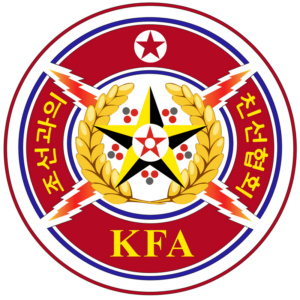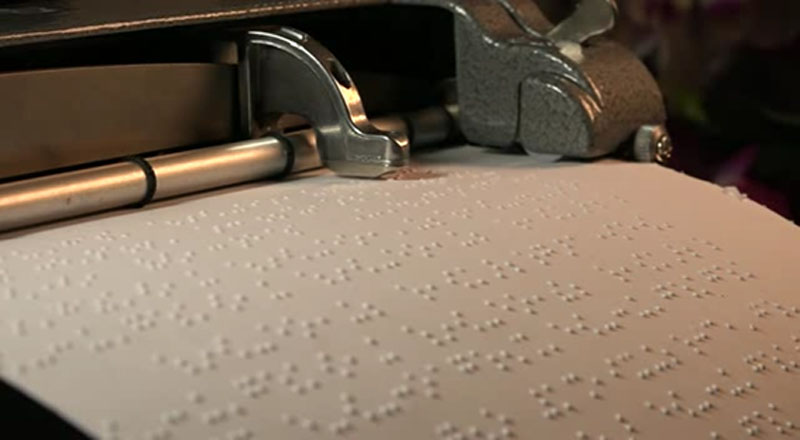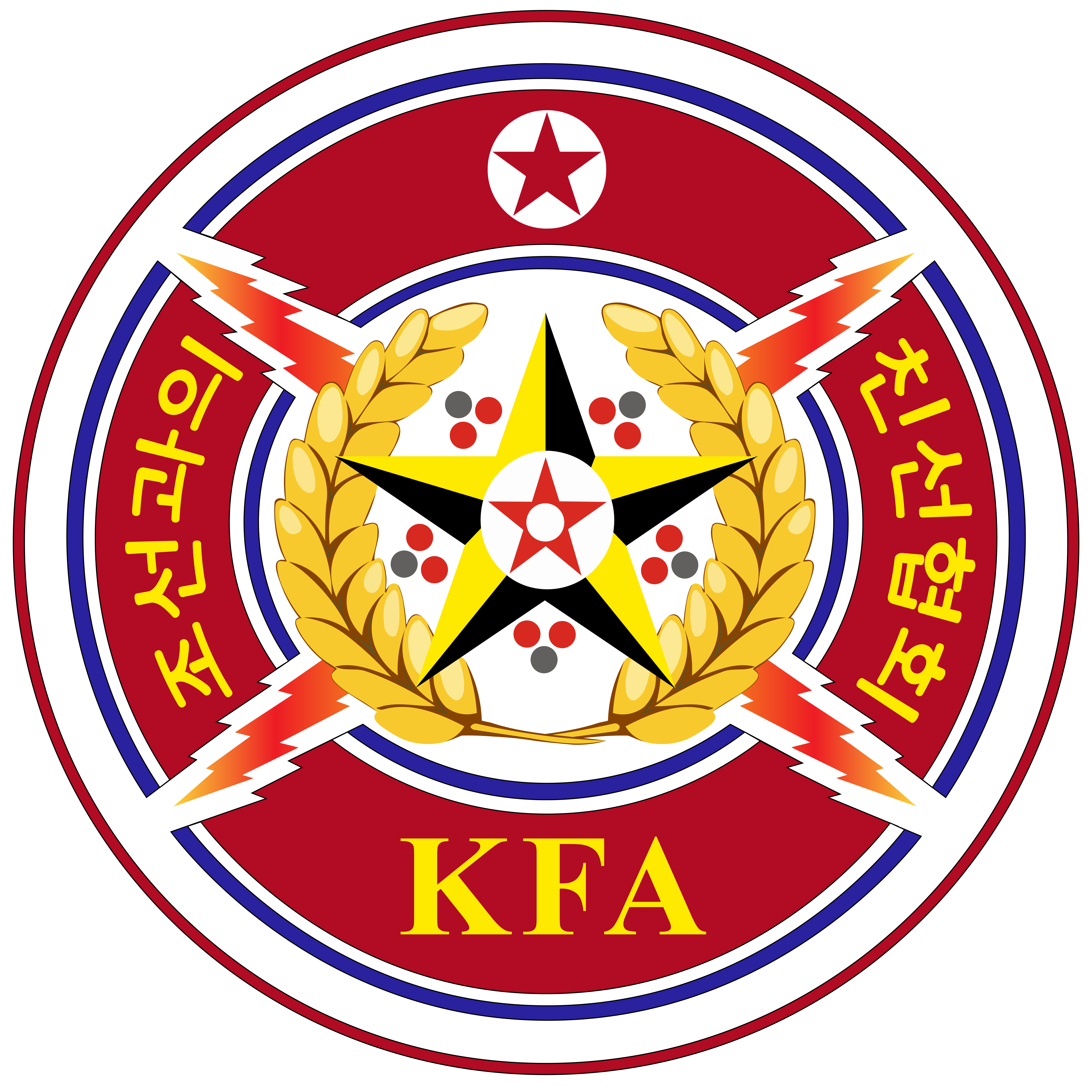News
Korean Braille.
The letters of Korean Braille are those printed as groups of raised dots on a special paper for the blind to read and write Korean alphabets and other marks with the help of six braille types.
Korea started giving education to the blind in 1445. By the mid-19th century, Chinese characters were used as the main recording means for the blind.
The Korean Braille was invented in the 1920s by Pak Tu Song who engaged in education of the blind and dumb.
He succeeded in creating the Korean Braille for marking alphabets by means of dots.
He invested his money in purchasing a typewriter and paper to publish and distribute lots of Braille books and kept disseminating the Korean Braille.
The Braille was warmly received by the blind, spreading at full speed.
It was used as the only common letters among the blind across the Korean peninsula.
According to a measure taken by the country after Korea’s liberation (August 1945), a 5-year primary school for the blind in Pongsu-ri, Wonsan City, Kangwon Province began to give free Braille education in 1947.
In the 1950s, similar schools were established in several parts of the country to enforce Braille education for the blind and those who went blind in the war.
Today, the Korean Braille has become a familiar assistant to the blind across the country.
November 4 is the day of the Korean Braille.


